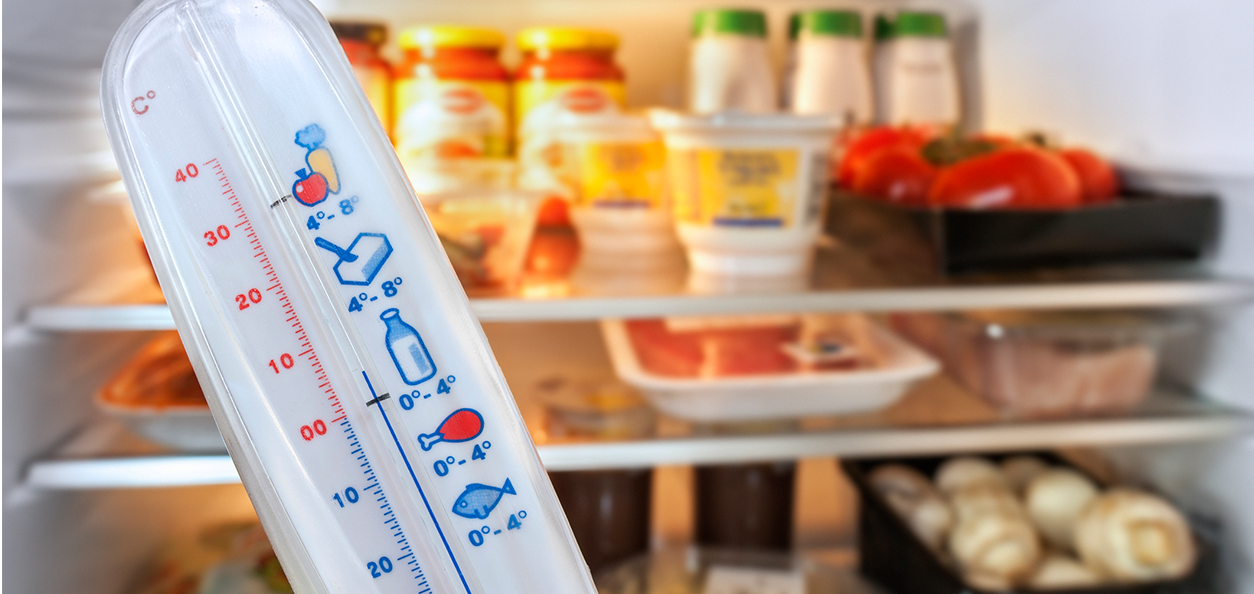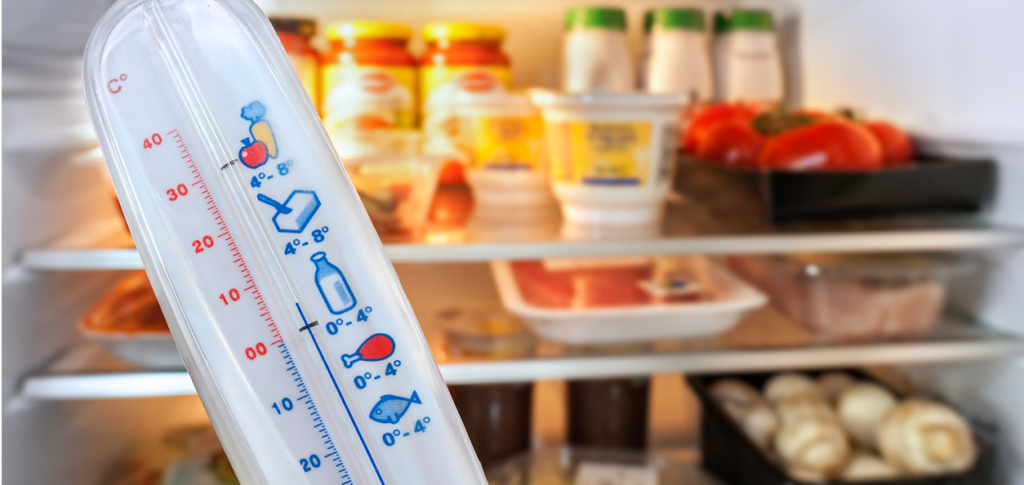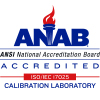 Posted on
Posted on

Thanks for the invite Kenny but when it comes to food safety, we’ll have to pass on a trip to the Danger Zone.
Keeping food at the proper temperature is critical and consumers should do their best to avoid the “Danger Zone.” According to the U.S. Food and Drug Administration (FDA), bacteria in food can multiply rapidly between 40°F and 140°F when left out for more than 2 hours indoors, or 1 hour if outdoor temperatures exceed 90 °F. Although it may appear and smell acceptable, if food is left out for longer, it should be discarded.
Microorganisms associated with food are commonly known as bacteria, yeasts, and mold. These microorganisms are classified into subgroups depending on behavioral characteristics.
Beneficial microorganisms are occasionally used in the process of making new foods e.g., yogurt, sauerkraut, and kimchi.
Spoilage microorganisms are not harmful to humans but are the catalyst for overt signs of a food approaching expiration such as off-putting odors and flavors. Brochothrix thermosphacta is one type of single-cell microorganism responsible for meat and seafood spoilage.
Pathogenic microorganisms are toxic bacteria that when consumed in higher levels cause diseases – these are the organisms we hope to avoid. Clostridium perfringens, a very common cause of foodborne illness, is naturally occurring at safe levels in raw meat and poultry, the intestines of animals, and the environment. Consumption does not always indicate illness. Through strict adherence to food safety principles, consumers and food processing companies can limit the growth of bacteria.
As consumers, our expectation when presented with a perishable or ready-to-eat (RTE) good is that those responsible for producing it are following procedures to limit the growth of organisms related to foodborne illnesses. Post-harvest care methods, storage standards, and continuous monitoring during transport are just a few of the many opportunities companies have to implement strategies that will keep their products out of the “Danger Zone.” Food distributors have a lot to lose if their refrigerators or freezers are not maintaining the proper temperature for storing perishable goods. Moisture levels present during cook cycles can promote or inhibit the growth of microorganisms. Monitoring oven humidity is an important variable in keeping food products within healthy environmental conditions. This is where MadgeTech devices can simplify several phases of the food processing operation. In high-temperature applications, ambient and internal product temperatures can be recorded and stored in the HiTemp140 data logger. Data is downloaded upon cycle completion and evaluated by the end user. Real-time refrigeration monitoring is available with the RFRHTemp2000A, which can be customized to send email or SMS alerts to ensure products do not dip below safe temperatures.
When it comes to something as pervasive as food processing standards, companies rely on the FDA to set science-based food safety principles. Processing engineers seeking solutions to achieve those conditions turn to MadgeTech devices as an integral part of their checks and balances system. For more information on how our devices could help keep your products and consumers safe please reach out to the MadgeTech sales department.






